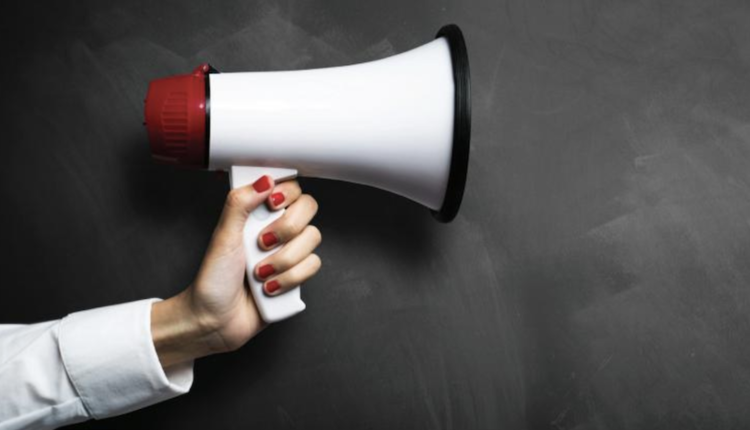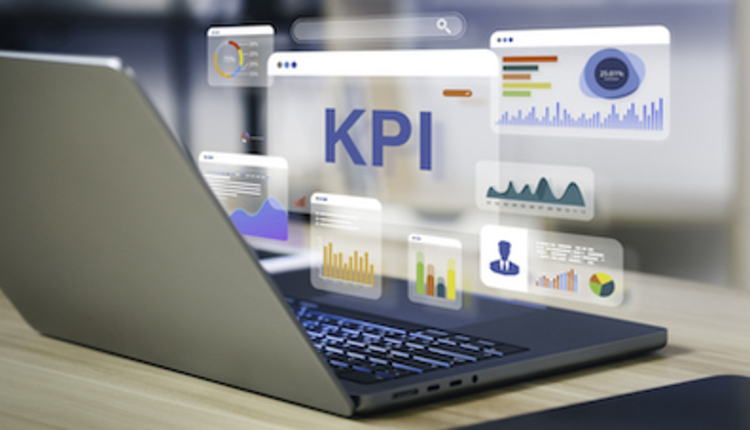One of the most rewarding things about being a personal trainer is the experience of positively impacting your clients' lives. It is even more inspiring when you see this impact being spread through your clients' friends and families when they share the information you have taught them. When I first started personal training, I was searching for a way to reach more people, and I was also looking for effective and inexpensive ways to market and build my business. I found the answer to both by putting on nutrition and health seminars.
The Benefits
Seminars are a great way to advertise without cheapening yourself. They make it easy for someone to get to know you so that they will want to take the next step and work with you individually. Seminars also create credibility. When you are a speaker, you elevate yourself. People assume that if you are speaking on a subject, then you are an expert. This perceived competence in you creates the confidence in them to hire you.
The What
The first step in creating a successful seminar is to choose your topic. You can go after your target market through the focus of your talk. For example, if your goal is to work with women ages 45-55, then design a talk that deals with nutrition and lifestyle strategies for menopause. You will need to create a captivating and/or controversial title that will intrigue people to want to learn more. I once did a talk at the Fort Lauderdale Yacht Club on "How to Drop Your Body Fat," and it was a sellout, standing room only. Then I did a second talk there on "How to Lower Cardiovascular Risk," and five people showed up. The funny thing was that the principles of the talks were the same, but the only real difference was the title. People buy out of fear or vanity, so appeal to that in your title.
The Where and the When
Find a location for your talk that is easy to get to and has great parking. One option for a location is to rent a meeting room at your local hotel, but this can get pricey. I have held seminars in a lot of alternative locations by networking with friends with complementary businesses. By holding a seminar in their location, they gain exposure for their business, and I get a free room and exposure to their clientele. With regards to the "when," I have found the best seminar time to be in the early evening. If I am having a 6:30-7:30 PM seminar, then I promote from 6:00-6:30 during registration so people aren't coming in after the seminar has started and disrupting the flow. I let people know when they call to register that they will want to come early, since we have some activities for them to engage in prior to the talk. When choosing your date, ensure that you are not going up against any major events in town that could take away your audience.
No Free Lunch
I charge for events. I have learned this lesson the hard way. When you offer free seminars, you get freeloaders. They will come and ask what you are serving for refreshments and if you will pay for their parking. A small charge of about $10-$15 will "weed out the weak" so that you aren't spending your time fishing in the wrong pond. This fee also creates some perceived value to the event, and when people pay for something, they are more likely to show up. Have them register (be sure to gather all current contact information) and pay in advance to reserve their space, and be sure to let them know that space is limited. It will also help offset any associated costs, including room costs, advertising or refreshments. You can also decide to donate all or a portion of the attendance fee to a local charity.
Pack the Room
Once you have your space and date, you will need to promote the event. Allow at least six weeks to effectively do this. Create a flyer with your topic, picture and event information and a larger-sized table top-stand poster as well. Network with complementary businesses to distribute, display flyers and posters, and also see if they can post the information on their website and send it out through an email blast. Give your top referral sources and clients a few extra tickets that they can "give" to their friends or best clients. This makes it easy for them to refer the person, and they benefit by appearing to have given them a gift. If you are donating the entrance fee to a local charity, check to see if your local paper will promote your seminar in their current events section for free. Go after some local PR by sending a press release on your topic and upcoming seminar to the local papers, television and radio stations.
Set Up for Success
Arrive at the event venue at least 60 minutes prior to the registration time. Nothing looks worse than not being prepared when your guests arrive. Be sure you have adequate help at the beginning and end of the seminar. If you don't have your guests' contact information, then you can have a raffle so that you have a reason to collect it. Have music or an informative video playing while guests are coming in. I have everyone do some kind of quiz or assessment that goes along with the talk topic. This is a very important piece of the puzzle, as this is how you start creating dissatisfaction and need right away. People won't "buy" if they don't have a need for what you are selling. So if I am doing a talk on "How to Drop Your Body Fat," I have them step on my Tanita Segmental Bio Impedance scale before the talk starts. I also generally serve refreshments from a local sponsor, if my venue permits it.
Get Talking
When you get ready to start the actual talk, cut off the refreshments and the body fat testing, and flash the lights. You will need to have someone else introduce you, but be sure to write your bio or suffer the consequences as to what they decide to tell the audience about you. It is obnoxious to brag about yourself, but it's totally fine to let someone else do it! Your talk needs to be based on creating needs and selling benefits, so be careful about the information you present — it is very easy to give the attendees everything they need to know during the talk, but this means they have no reason to become a personal client. Find a balance between giving them some great information that they can take immediate action with and leaving them wanting more so that they will need to get started with you right away and personally experience your program. I like to tell a lot of client stories (anonymously, of course) throughout my presentations to show how I have helped people get healthier and fitter, and, whenever possible, I also include a personal testimonial. If you have a client or two in your audience, ask them ahead of time if they would be willing to stand up and give a testimonial; if they agree to do so, introduce them during the talk. Make sure to limit your talk to 45 minutes max with five to 10 minutes remaining for questions, and let them know you will be available after the talk to answer any other questions.
Call to Action
At the end of the evening, you need to have a call to action that is time-sensitive. I never discount my services, as I don't want to attract discount shoppers. Instead, I build in incentives in order to entice them into taking action that evening. Right at this moment is when they are most excited. When they leave, the buzz will start wearing off, so you want to get them involved and committed immediately. This means that, in order to take advantage of what you have to offer, they need to sign up and pay. If they do so, then give them something special as a value added incentive — this could be a DVD, book or a nutritional product. Also, have a calendar of upcoming events, and sell tickets to the next event that you are having. Remember: you will need people to help you with getting people signed up at the end of the seminar, as you will be trapped in the front of the room answering questions! Don't give up on the attendees that don't become individual clients right away. You have their contact information, so continue to market your services to them through other seminars and programs. Oftentimes, it takes multiple exposures for someone to take action, so be tenacious!
JJ Virgin, PhD, CNS, CHFI, is a professional speaker, celebrity nutritionist and fitness expert, national spokesperson and television personality. A member of Mensa, she has her PhD in holistic nutrition. She is a certified Health and Fitness Instructor with ACSM, a Certified Nutrition Specialist with ACN and board-certified in holistic nutrition through NANP. JJ regularly appears on national television, including Dr. Phil, Extreme Makeover, I Village Live! and E!'s Modern Girl's Guide to Life, and she is also a spokesperson for Subway. She maintains a busy celebrity practice and helped Brandon Routh pack on 24 pounds of muscle for his leading role in Superman Returns in 2006. For more information, visit her website at www.jjvirgin.com.










